
What is a CLO?

An investor’s guide to marketplace lending

Beyond Mars, AeroVironment’s earthly expansion fueled by U.S. Bank

Refinancing your practice loans: What to know

What type of loan is right for your business?

ABL mythbusters: The truth about asset-based lending

Can ABL options fuel your business — and keep it running?

When small companies buy big: The potential of asset-based lending

Collateral options for ABL: What’s eligible, what’s not?

Maximizing your infrastructure finance project with a full suite trustee and agent

How to maximise your infrastructure finance project

Webinar: Cash management strategies for higher education

Evaluating interest rate risk creating risk management strategy

Authenticating cardholder data reduce e-commerce fraud

Webinar: Approaching international payment strategies in today’s unpredictable markets.

Managing the rising costs of payment acceptance with service fees

Webinar: A closer look at U.S. Bank AP Optimizer

Increase working capital with Commercial Card Optimization

Tech tools to keep your restaurant operations running smoothly

3 ways to adapt to the new payments landscape

How to accept credit card payments without transaction fees

The surprising truth about corporate cards

Changes in credit reporting and what it means for homebuyers

What’s the difference between Fannie Mae and Freddie Mac?

Tech lifecycle refresh: A tale of two philosophies

4 benefits of independent loan agents

Middle-market direct lending: Obstacles and opportunities

At your service: outsourcing loan agency work

Tailor Ridge eBill case study

The moment I knew I’d made it: The Cheesecakery

Streamline operations with all-in-one small business financial support

Tools that can streamline staffing and employee management

How iPads can help increase efficiency in your salon

Planning for restaurant startup costs and when to expect them

Opening a business on a budget during COVID-19

How to identify what technology is needed for your small business

How to fund your business without using 401(k) savings

The different types of startup financing

How to establish your business credit score

How to get started creating your business plan

Costs to consider when starting a business

What is needed to apply for an SBA loan

How small businesses are growing sales with online ordering

How to expand your business: Does a new location make sense?

Business credit card 101

What kind of credit card does my small business need?

Using merchant technology manage limited staffing

Do I need a credit card for my small business?

How a small business is moving forward during COVID-19

When to consider switching banks for your business

How to choose the right business savings account

Prioritizing payroll during the COVID-19 pandemic

How jumbo loans can help home buyers and your builder business

5 tips to help you land a small business loan

5 questions business owners need to consider before taking out a loan

Do you need a business equipment loan?

How to establish your business credit score

How to make the most of your business loan

Leverage credit wisely to plug business cash flow gaps

How to accept credit cards online

Investing in capital expenditures: What to discuss with key partners

Student checklist: Preparing for college

Webinar: Uncover the cost: College diploma

Co-signing 101: Applying for a loan with co-borrower

How I did it: Paid off student loans

Practical money skills and financial tips for college students

How to build credit as a student

The A to Z’s of college loan terms

Personal loans first-timer's guide: 7 questions to ask

How to choose the right rewards credit card for you

Common unexpected expenses and three ways to pay for them

5 reasons why couples may have separate bank accounts

5 tips to use your credit card wisely and steer clear of debt

Is a home equity loan for college the right choice for your student

Your financial aid guide: What are your options?

Parent checklist: Preparing for college

How to apply for federal student aid through the FAFSA

Be careful when taking out student loans

Everything you need to know about consolidating debts

5 tips to use your credit card wisely and steer clear of debt

How to use credit cards wisely for a vacation budget

5 steps to selecting your first credit card

What’s a subordination agreement, and why does it matter?

How to use debt to build wealth

Understanding the true cost of borrowing: What is amortization, and why does it matter?

Your quick guide to loans and obtaining credit

7 steps to keep your personal and business finances separate

Dear Money Mentor: What is cash-out refinancing and is it right for you?

Overcoming high interest rates: Getting your homeownership goals back on track

Dear Money Mentor: How do I begin paying off credit card debt?

What are conforming loan limits and why are they increasing

How I did it: My house remodel

Money Moments: How to finance a home addition

What is a home equity line of credit (HELOC) and what can it be used for?
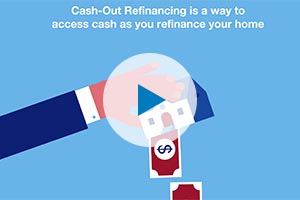
Webinar: Mortgage basics: What is refinancing, and is it right for you?

Should you get a home equity loan or a home equity line of credit?

These small home improvement projects offer big returns on investment
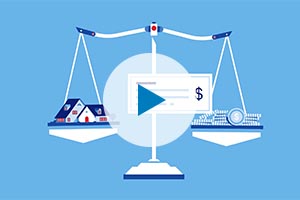
Webinar: Mortgage basics: How much house can you afford?

Webinar: Mortgage basics: Prequalification or pre-approval – What do I need?

Is it the right time to refinance your mortgage?

What is refinancing a mortgage?

What to know when buying a home with your significant other
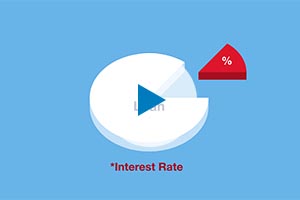
Webinar: Mortgage basics: What’s the difference between interest rate and annual percentage rate?
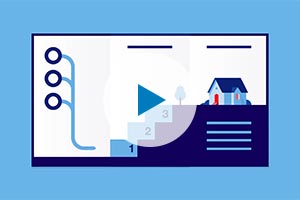
Webinar: Mortgage basics: 3 Key steps in the homebuying process

How do I prequalify for a mortgage?
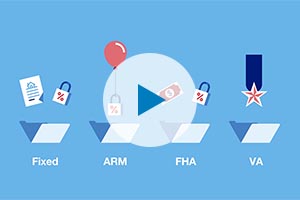
Webinar: Mortgage basics: Finding the right home loan for you

Webinar: Mortgage basics: Buying or renting – What’s right for you?
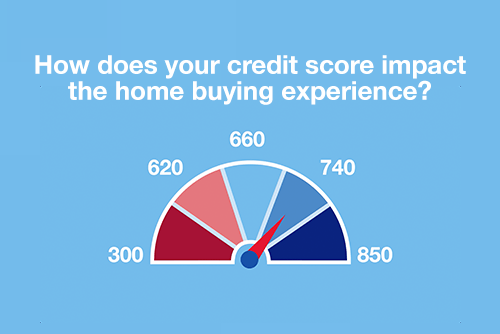
Webinar: Mortgage basics: How does your credit score impact the homebuying experience?

Is a home equity line of credit (HELOC) right for you?

Can you take advantage of the dead equity in your home?

How to use your home equity to finance home improvements

4 questions to ask before you buy an investment property

What applying for store credit card on impulse could mean

10 uses for a home equity loan

8 steps to take before you buy a home

6 questions to ask before buying a new home

How to spot a credit repair scam

Test your loan savvy

Credit: Do you understand it?

Should you give your child a college credit card?

Myth vs. truth: What affects your credit score?

6 essential credit report terms to know

5 unique ways to take your credit card benefits further
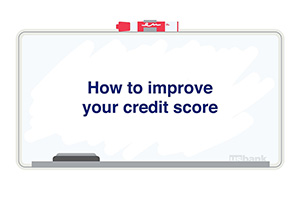
How to improve your credit score

What you need to know before buying a new or used car

How to choose the best car loan for you

Questions to ask before buying a car

What you should know about buying a car


